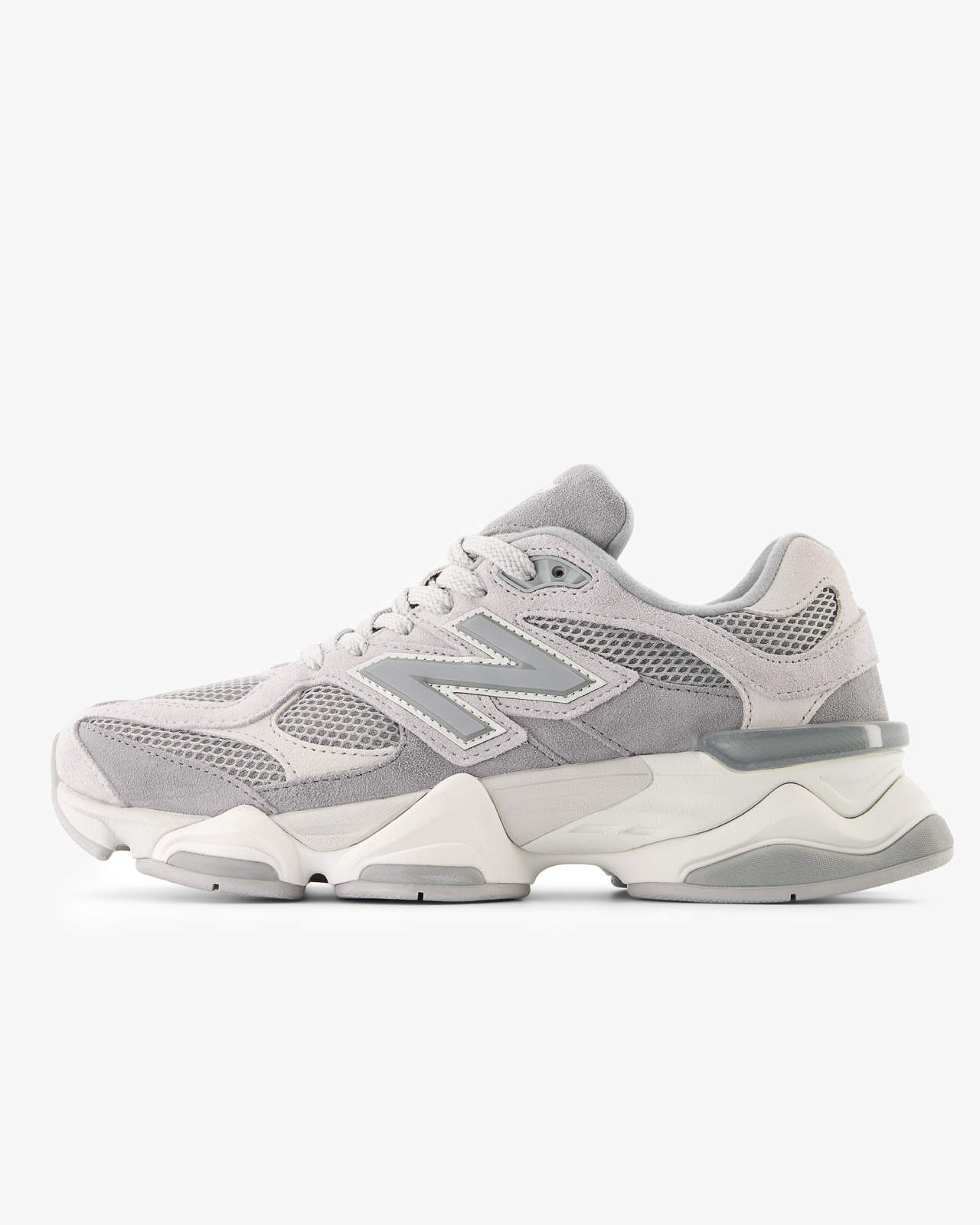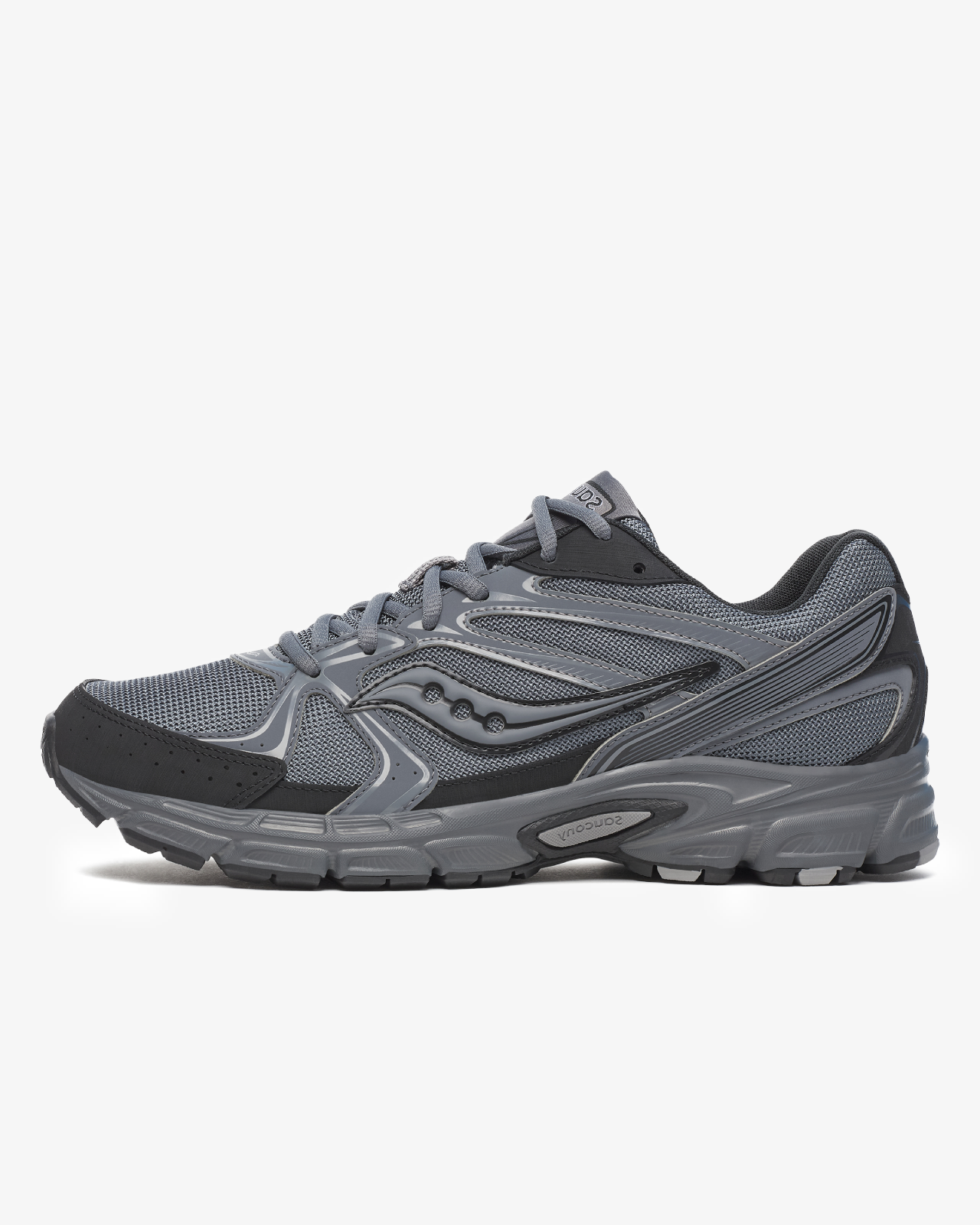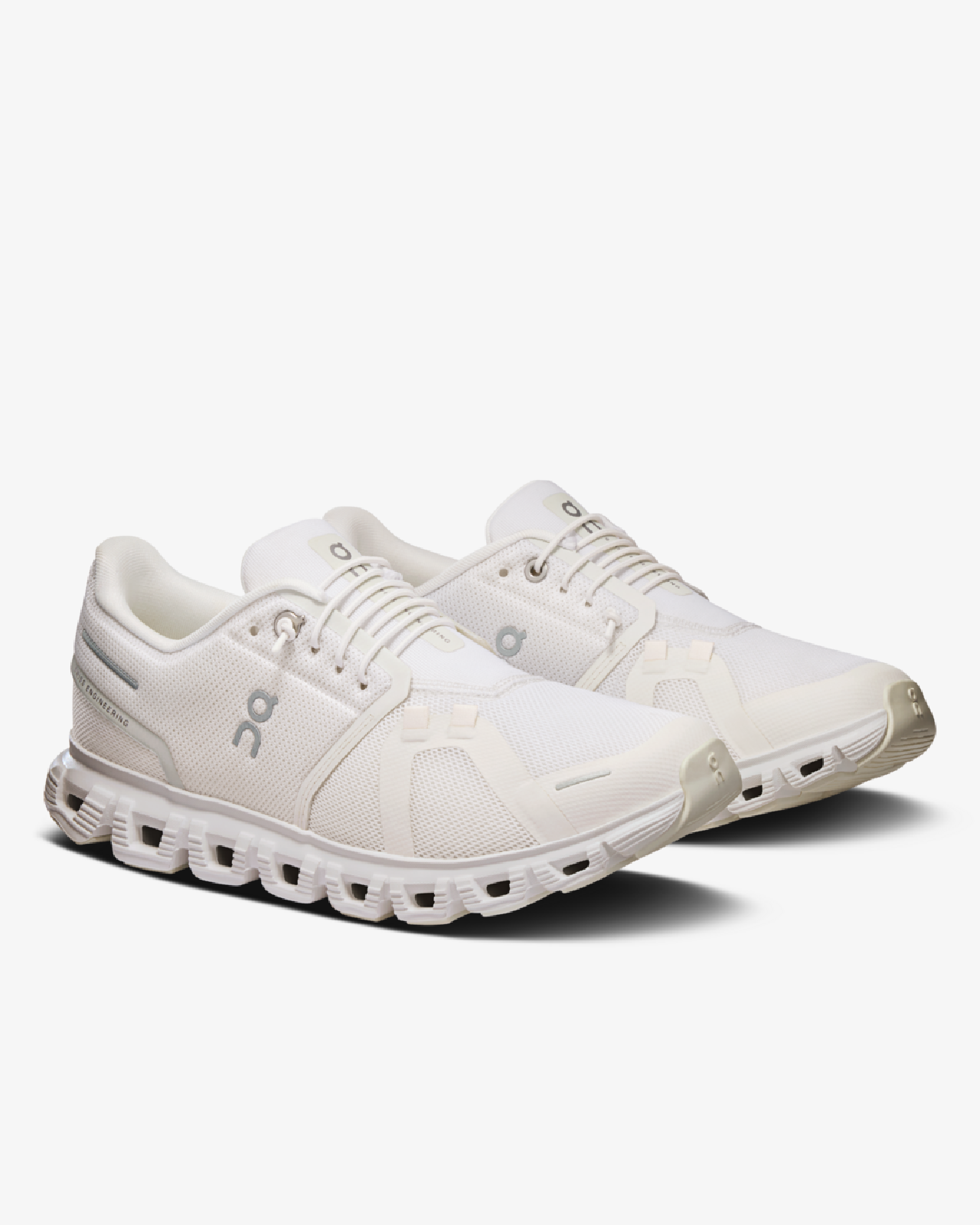Choosing the right sneakers is far more than just a fashion decision or a random pick in the store. It is an important investment in the comfort and health of your feet. Studies show that about 70% of people choose shoes that are not suitable for their foot type, which leads to discomfort, pain and even serious injuries.
The right running shoes can reduce the risk of ankle injuries by up to 30% and significantly improve your athletic performance.
Whether you're an avid runner, a regular gym goer, or just looking for comfortable shoes for everyday wear, understanding your foot type is key.
In the following lines, the BLSTC team will reveal to you how to determine your foot type and what sneakers are best for you. Are you ready to say goodbye to uncomfortable shoes and foot pain?
Different types of steps
The human foot is a complex structure made up of 26 bones, 33 joints, and more than 100 muscles, tendons, and ligaments. Depending on the structure and natural movement of the foot when walking or running, we can divide the feet into three main types:
1. Normal (Neutral) - Characterized by a moderate arch, in which the midfoot has partial contact with the ground. When walking, the foot naturally rolls from the outside inward (normal pronation). About 50% of people have this type of foot.
2. High Arched Foot - This is associated with a noticeable curve (high rise) in the midfoot where there is minimal or no contact with the ground. This leads to underpronation (supination), where weight is distributed over the outside of the foot. Approximately 20% of the population has high rise feet.
3. Flat - In this type of foot, the arch is low or absent, meaning that almost all of it touches the ground. This often leads to overpronation (the foot rolls inward too much). About 30% of people have flat feet.
Understanding your foot type is the first and most important step in choosing running shoes. Different foot types require different types of support, cushioning, and stability from a shoe to prevent discomfort and injury.
How to determine your foot type
Before you rush out to buy new sneakers , it's important to know what type of foot you have. Here are a few easy methods you can use to determine your foot type at home:
Wet Foot Test - This is a classic and simple method. Wet your feet and step on colored paper or a dark surface where the footprint will be clearly visible. Analyze the trace:
- If you see almost the entire foot with a small curve on the inside - you have a neutral foot
- If the print shows only the heel and forefoot, connected by a thin line or not connected at all - you have a high arch
- If almost the entire foot is visible with minimal or no curvature - you have flat feet
Wear Analysis of Old Shoes - Look at the soles of your old sneakers. The way they wear out provides valuable information:
- Even wear in the center of the heel and under the ball of the foot - you probably have a neutral foot
- More wear on the outer edges - you may have high pronation (supination)
- Greater wear on the inner edges - you probably have flat feet (overpronation)
Professional analysis - For the most accurate results, visit a specialty sporting goods store, where they often offer a computerized foot analysis or consultation with an expert. Many of these analyses are free and only take a few minutes.
Remember that knowing your foot type is not just an interesting fact, but important information that will help you choose sneakers for your needs.
Suitable sneakers according to foot type
Once you have determined your foot type, it is time to figure out what shoes are right for you. Athletic shoe manufacturers create different models specifically designed for each foot type.
For a neutral foot:
If you have a normal foot with moderate pronation, you are in the best position when choosing shoes. Search for:
- Sneakers with moderate motion control
- Balanced cushioning in the forefoot and heel
- Semi-curved last design
- Medium sole hardness
These shoes are usually labeled as "neutral" or "for neutral pronation."
For a high arched foot:
If you have high arches, your feet don't absorb shock well enough and need extra cushioning. Look for:
- Sneakers with increased cushioning
- Flexible sole that allows natural movement
- Curved last design
- Minimal or no stabilization of the arch
These shoes are often labeled as "cushioned" or suitable for supination.
For flat feet:
If you have flat feet, you probably need shoes that control overpronation. Look for:
- Sneakers with good stability and motion control
- Hard sole, especially in the inner part
- Good arch support
- Straight or slightly curved sole design (straight last)
- Stable heel for motion control
These shoes are usually labeled as "stability" or "motion control."
| Step type | Characteristics of suitable sneakers | What to avoid |
|---|---|---|
| Neutral | Moderate control, balanced cushioning | Shoes that are too stabilizing or too soft |
| High vault | Increased cushioning, flexibility | Motion control shoes, hard soles |
| Flat | Stability, motion control, arch support | Minimalist or overly flexible shoes |
Remember that choosing the right sneakers for your foot type will not only provide you with greater comfort, but will also prevent potential injuries and problems such as plantar fasciitis, ankle or knee pain.
Key features when choosing sneakers
Besides foot type, there are several other important factors to consider when choosing sneakers:
Size and Fit - Never underestimate the importance of the right size! Measure the length and width of your foot and keep in mind that:
- It's best to try on sneakers in the afternoon or evening when your feet are slightly swollen.
- There should be about 1 cm of space between the longest toe (usually the big toe) and the front of the shoe.
- The shoe should fit snugly around the heel, but not be tight in the middle and front.
Sole - The quality and characteristics of the sole are key to the comfort and performance of sneakers:
- Midsole : Responsible for cushioning and support. Materials such as EVA foam and polyurethane offer varying levels of cushioning and durability.
- Outer : Should offer good traction and durability. Carbon rubber is usually the most durable.
Arch support - Depending on your foot type, different running shoes offer different levels of arch support. Don't just choose shoes because they look like regular running shoes - check to see if they have the support you need.
Materials and Breathability - Good running shoes are made of breathable materials that allow air to circulate and prevent excessive sweating, which can lead to blisters and fungal infections.
Purpose - Different types of physical activity require different types of sneakers:
- Running shoes - focused on cushioning and lightness
- Fitness/Crossfit shoes - offer more lateral stability
- Hiking shoes - emphasize traction and durability
- Casual sports shoes - balance comfort and style
Keep in mind that running shoes are designed for forward motion, while shoes for other sports (such as tennis or basketball) are also designed for lateral motion.
Tips for properly trying on and wearing new sneakers
Finding and buying sneakers is just the first step. Here are some important tips for trying them on and making them comfortable to wear:
When trying:
- Always wear the socks you would normally wear with these sneakers
- Try on both shoes, as many people have slight differences between their feet.
- Walk, jump, run in place - feel how the shoes react when you move
- Don't be overly influenced by the brand or appearance - comfort and proper fit are most important
- If you are between two sizes, it is usually better to take the larger one.
When wearing:
Once you've chosen the right shoes, here are some tips for using them:
- New sneakers should be broken in gradually - wear them for short periods at first
- Experts recommend replacing running shoes after about 500-800 km of mileage.
- To maintain optimal hygiene, it is a good idea to have at least two pairs of sneakers to alternate between.
- In case of pain or discomfort, do not hesitate to seek advice from a specialist - sometimes the use of special insoles may be necessary.
Remember that even the most expensive and high-quality sneakers lose their cushioning properties over time and need to be replaced.
Conclusion: Choosing sports shoes according to your foot type is not a luxury, but a necessity for anyone who values the comfort and health of their feet. Take the time to determine your foot type and find shoes that offer the support, stability, and comfort you need. Your feet will thank you, and you will enjoy better performance and your shoes will not cause you pain or discomfort during any activity.
Choose a shoe model that provides the right fit for your foot and gait. This will help you avoid discomfort and prevent back pain caused by improper weight distribution.
A well-chosen shoe provides a stable footing and support, which is essential for the overall health of the body. Do not underestimate the importance of quality shoes - they help with the natural position of the foot and the correct movement when walking.








